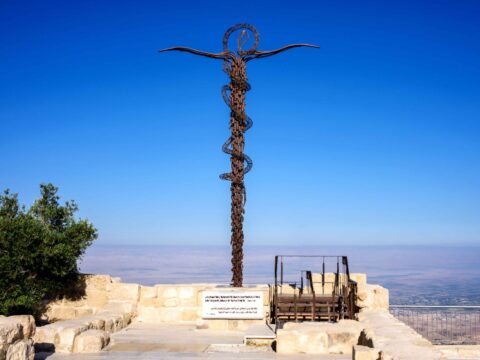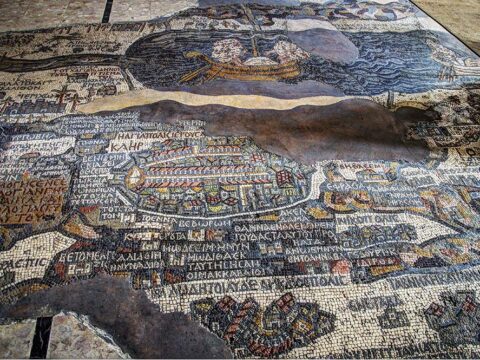- Have any questions?
- +962 6 5862288
- info@hashweh.com
Jerash
One of the best preserved Roman cities in the world with its temples, theatres and colonnades, is a very much visited tourist spot. There are remains that prove it was inhabited during the Bronze and Iron ages. It was probably a Gadite provincial community. The Greco-Roman name was GERASA, and was founded by Alexander’s Greeks in the fourth century BC. It became one of the original cities of the Decapolis during the Roman times. In Byzantine times there was a Bishop who attended the Council of Chalcedon in AD 451, and there was the building of over a dozen churches with colorful mosaics. During Islamic times it was totally abandoned after the earthquake of AD 747 destroyed most of the buildings. It was re-occupied by Circassian refugees from the Caucus mountains in southern Russia in 1891.
Today the ruins of Jerash include two beautiful theatres, where the South Theatre holds over 3,000 spectators and the North Theatre has a tiled marble orchestra. There is a Hippodrome being restored to its original glory that once had the capacity of 15,000 seated. The Triumphal Arch was built in AD 130 in honor of Emperor Hadrian’s extended visit, and there is a gate at the city’s entrance that was also built to commemorate Hadrian’s stay. The ancient wall, which sections are visible, encompassed the city at a total length of 3450 meters (2.14 miles). On the first hill inside the ruined site are the remains of a Temple to Zeus including underground chambers. The temple also overlooks an Oval Piazza market place surrounded by Ionic columns. There are many magnificent streets lined with rows of columns adorned with Corinthian capitals.
The highlight of the place is the Temple of Artemis with its massive, towering Corinthian columns. This is the same goddess Diana of the Ephesians as mentioned in Acts 19. Since there is nothing left in Ephesus of that great wonder of the ancient world, this edifice makes a splendid representation. At the lower street entrance there are several vacated shops connected to the temple complex. They probably once held traders of souvenirs and replicas of the worshiped goddess. Since this temple was the main attraction for the city, they would be very influential men in the city’s leadership. This helps us understand the position of the silversmith’s in Ephesus when they rioted against the Apostle Paul (Acts 19:24). The Byzantine city was a Bishop see. During Islamic times it dwindled into a small village. The ancient remains include a fine theatre, foundations and pillars of a church, a nice bath, a colonnade street and more.







